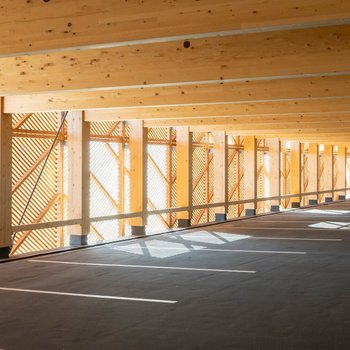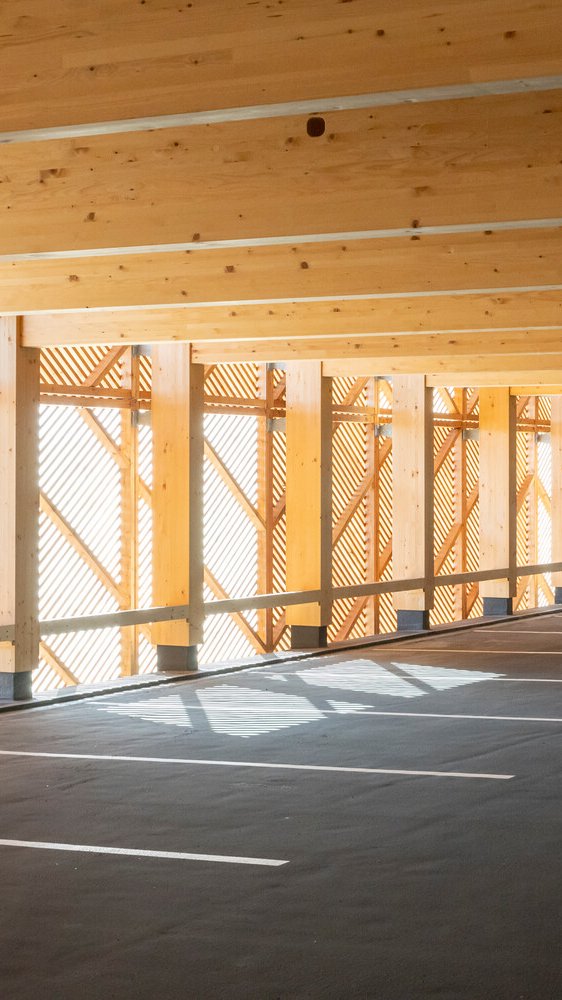
Car parks and
smart mobility hubs
in timber
Timber Smart Mobility Hub
A smart mobility hub is a central location where various sustainable and intelligent mobility services are bundled together. These include, for example, car sharing, bike sharing, e-scooters, public transport, charging infrastructure for electric vehicles and often digital services such as booking apps or real-time information.
Four advantages of a smart mobility hub:
Promoting multimodal mobility
Users can switch flexibly between different modes of transport – e.g. from bicycle to underground or from e-scooter to car-sharing vehicle – depending on their needs and route.
Reducing traffic and emissions
By bundling sustainable mobility options, private car use is reduced, leading to less congestion, noise and CO₂ emissions.
Improved quality of life in urban areas
Fewer parked cars and more space for people, green spaces and cycle paths improve the cityscape and quality of life.
Actively binding CO₂ with the building material
Built from timber, the Smart Mobility Hub not only reduces new emissions, but also actively contributes to CO₂ storage.
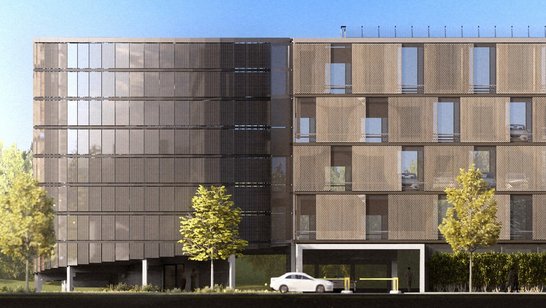


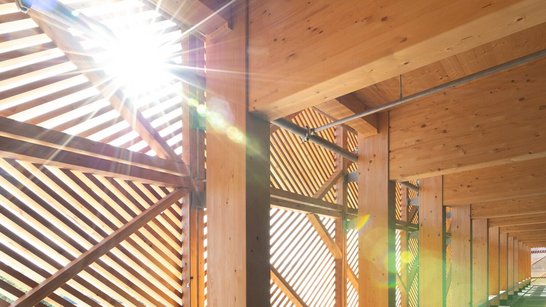

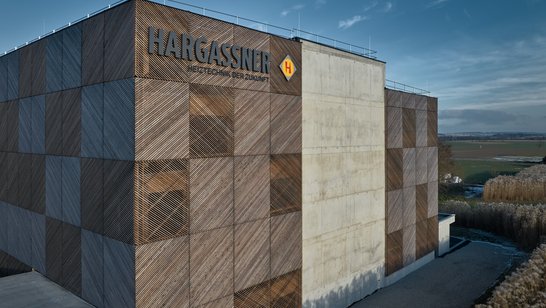
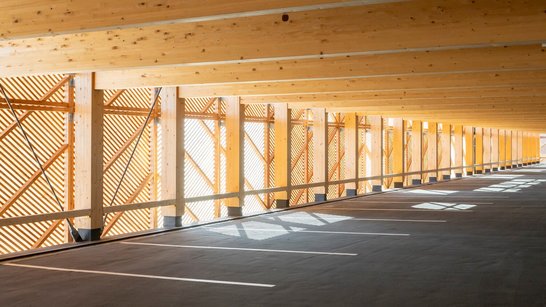
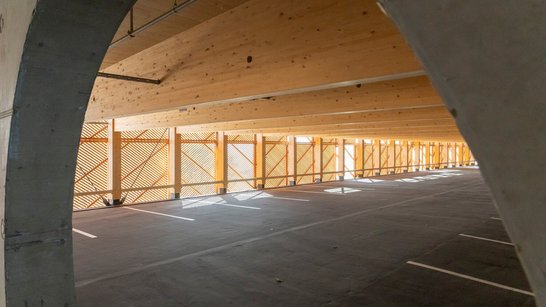
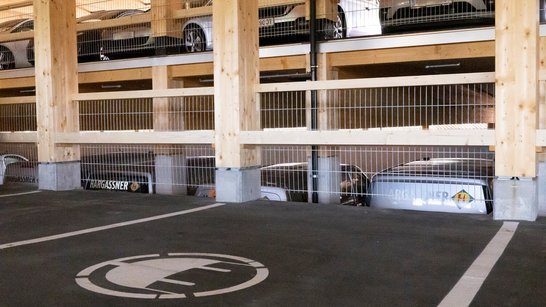
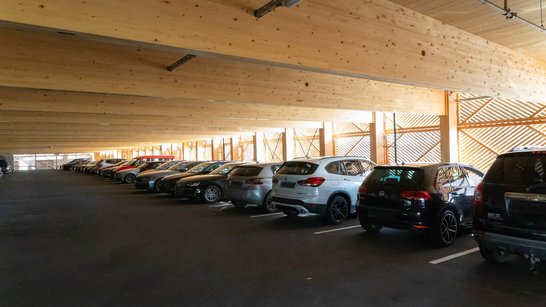

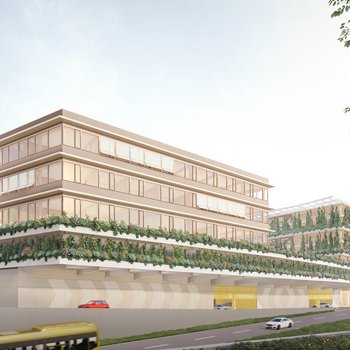
![[Translate to Englisch:] Parkhaus Ingolstadt [Translate to Englisch:] Parkhaus Ingolstadt](/fileadmin/_processed_/c/0/csm_wiehag-parkhaus-ingolstadt-20_19411fa2ee.jpg)
